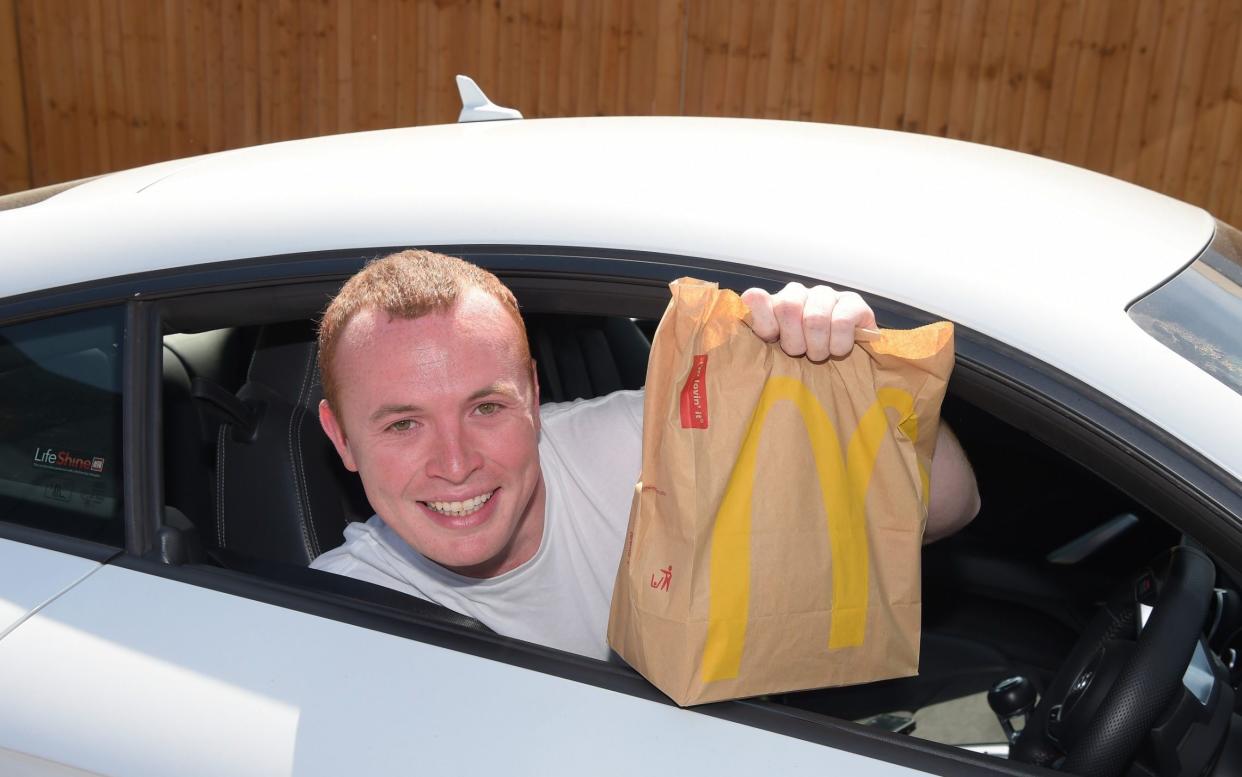US government health agency CDC revises guidance on spread of coronavirus on surfaces

The coronavirus is primarily spread from person-to-person and not easily from surfaces or objects, the US’s government health agency has said in revised guidance.
Catching the virus from delivery boxes or takeout food bags, for example, is highly unlikely "because of poor survivability of these coronaviruses on surfaces," the Centers for Disease Control and Prevention (CDC) writes.
The virus travels mostly through the droplets a person produces when talking or coughing, its website says.
"It may be possible that a person can get Covid-19 by touching a surface or object that has the virus on it and then touching their own mouth, nose, or possibly their eyes," it adds. "This is not thought to be the main way the virus spreads, but we are still learning more about this virus."
While this information is not new, the new phrasing calls more attention to how the disease is not likely to spread.

The update from the CDC came despite past research suggesting the virus can live on surfaces for several hours, and expert guidance on how to disinfect various objects.
Dr John Whyte, chief medical officer for the healthcare website WebMD, said he thought that the CDC's update brought clarity and would help to reduce the public’s fears.
“Many people were concerned that by simply touching an object they may get coronavirus, and that’s simply not the case. Even when a virus may stay on a surface, it doesn’t mean that it’s actually infectious,” Dr Whyte said.
“I think this new guideline helps people understand more about what does and doesn’t increase risk. It doesn’t mean we stop washing hands and disinfecting surfaces. But it does allow us to be practical and realistic as we try to return to a sense of normalcy."
However, the change to the CDC website, without formal announcement or explanation, concerned some virologists.

“A persistent problem in this pandemic has been lack of clear messaging from governmental leadership, and this is another unfortunate example of that trend,” Angela Rasmussen, from the Columbia University Mailman School of Public Health, told the Washington Post.
“It could even have a detrimental effect on hand hygiene and encourage complacency about physical distancing or other measures,” she said.
As states across the start to open schools again, the CDC this week put out new considerations to guide their safe reopening.
The agency suggested that classrooms should be well-ventilated and outdoor air circulated as much as possible.
Students' desks should be at least six feet apart and they should be facing the same direction or students should only sit on one side of tables, spaced apart.
Staggered arrival and drop-off times or locations could help limit contact among different student groups, health officials said.


